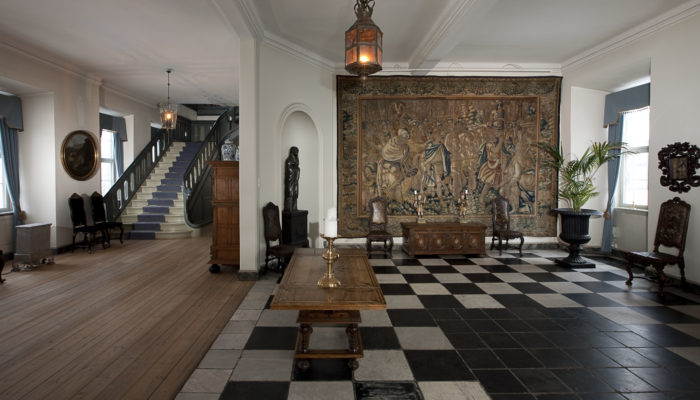
Cultural Center
The first known family at Hafslund was the Gyldenhorn family in the 15th century. Even then, Hafslund was a manor of international caliber, located on the royal road to Christiania. The estate is centrally located at the old ferry landing Sandesund, and kings, cultural personalities, and other dignitaries preferred to stay here during their travels. For the owners, there was much prestige in this, and they would willingly invite well-known individuals to Hafslund, even if it cost substantial amounts of money.
Hafslund Manor has played a role as a cultural bridge to Europe and has been a focal point for art, culture, and expertise in the broadest sense. As crown property, with privileges and significant industrial activity, several owners have played an important role in society and politics. Many well-known families, such as Bildt, Werenskiold, Huitfeldt, Elieson, Holter, Wessel, and Rosenkrantz, have been owners of Hafslund throughout history. Three strong women are particularly central to the history of the Manor: Karen Huitfeldt, Anna Collett Elieson, and Maren Juel. During Karen Huitfeldt’s time at the manor, a separate school and welfare system were established at Hafslund. The arrangement covered all sawmill workers with families, as well as tenants, cottagers, and other agricultural workers under the manor.
When the Baroque building from Bildt’s time burned one winter night in 1758, the story goes that Anna Collett Elieson said to her husband, “Now we toast to a new and more magnificent Hafslund.” After the reconstruction was completed in 1762, Hafslund appeared even more magnificent than before.
It is also said that Madame Maren Juel was an exceptionally talented woman. In addition to her business acumen, she made a significant social contribution. Among other things, she established a support system for widows of Hafslund and Borregaard and former workers, and employed two bakers who baked good bread for those in need. She was described as a warm and caring woman, actively involved in society and charity.

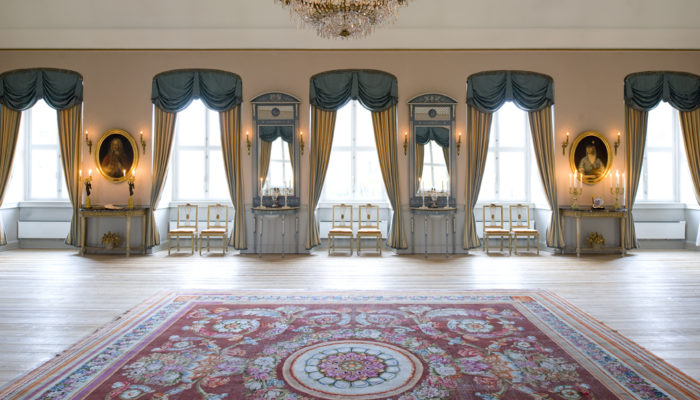
Guided Tours
Guided tours are organized in the Main House in connection with company events on the estate. The tours offer an exciting and interesting journey through the unique and rich history of Hafslund Manor.
Unfortunately, we do not have the capacity to accommodate other groups during the daytime solely for tours. However, we would like to remind you that guided tours for individuals are held every Sunday in July. New for 2023 is that guided tours are also organized on two weekends in December. Visit the website at www.iSarpsborg.com and Ticketco for more information.

Our Own Community
Hafslund has been the starting point for industrial activities – initially linked to agriculture and forestry with the water sawmills at Sarpsfossen and timber trading. Later, it evolved based on electricity.
A network of farms, holdings, and cottages with farmers and laborers has historically supplied the main estate with goods and services. From the second half of the 17th century, Hafslund became a self-sufficient entity. Timber from its own forest was cut at its own sawmills by its own people and shipped on its own vessels. From the mid-1700s, Hafslund was a highly developed community with its own school and welfare system.
The technological development that allowed the harnessing of water power for electricity production laid the foundation for the industrial company Hafslund, established in 1898.
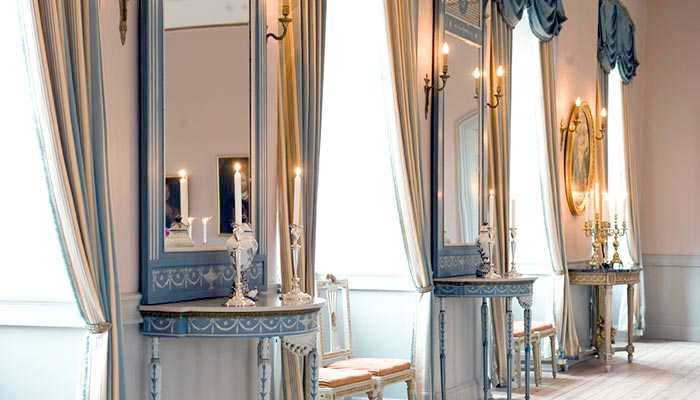
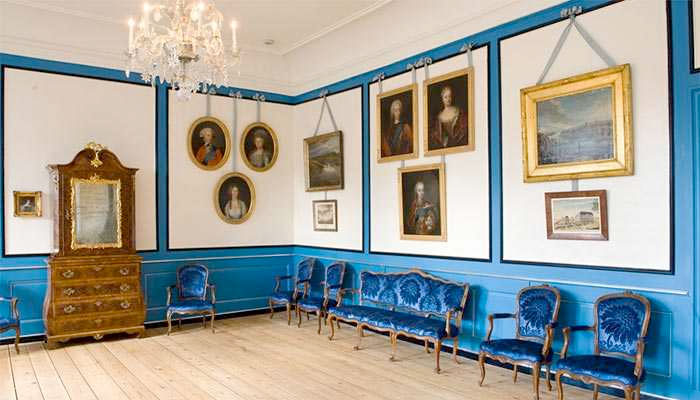

Hafslund Park
The park at Hafslund Manor covers almost 100 acres and was established in the latter half of the 18th century. It stands as one of the country’s most complete examples of baroque-style park and garden art, featuring majestic lime tree avenues that highlight the main axes of the layout.
The park area is organized with the main building located in the north, and operational buildings and the English park with its dominant lime tree avenue and large lawns in the axis towards the south. In the southernmost part of the park lies an area with large trees, shaded paths, and a park pond. Here, you can also find burial mounds from the Iron Age. In the area furthest south in the park, there are rock carvings from the Bronze Age dating back 3000 years.
On the east and west sides of the main building, there are park areas in a corresponding style. Here also lies the beautiful King’s Pavilion, a replica of the pavilion that stood at Kongehøien near Sarpsfossen, rebuilt in 1937 by the architect Arnstein Arneberg.
The park, with its large lawns, walkways, and trails, is ideal for families with young children.
Within the park, there is an aviary with parakeets and parrots, and during your stroll, you may encounter ducks. Crows and owls also inhabit the park.
The park features artistic embellishments with works by Arne Vigeland, Per Inge Bjørlo, and Nico Widerberg, in addition to busts of Hafslund’s founder Knut Ørn Bryn and the first chairman Hieronymus Heyerdahl.
Both the old pilgrim trail Borgleden and the newer Millennium Trail, established in connection with Sarpsborg’s millennium celebration in 2016, pass through Hafslund Park.
In recent years, Hafslund Park has been used for large concerts and public events – in 2008 and 2009 in connection with the international climate conferences organized by the Hafslund Group, in 2012 for Hafslund Manor’s 250th anniversary, and in 2016 as a cultural main arena during Sarpsborg’s city jubilee. More than 10,000 people attended each of these events.
Hafslund Park is open to the public throughout the year.
The History of the Park
The first traces of a park-like layout at Hafslund can be found at the viewpoint Kongehøien near Sarpsfossen. A road led there from the main building. The first king at Kongehøien was Christian V in 1685.
The initial signs of a garden at Hafslund emerge just after 1700.
At Hafslund, there was never a sudden and complete transition from one style to another. The Renaissance garden north of the main building dates from the early 1700s. In 1760, the Baroque style comes into play, the park expands southwards, and we see the emergence of the grand avenues. A few years later, we can observe the first signs of the English landscape style in the southern part of the park.
Justice Peter Elieson purchased Hafslund in 1754, marking the beginning of a flourishing period. A new main building was completed in 1762, and a baroque-style park was laid out. At the end of the 1700s, one of the most beautiful and grand park and garden complexes in the country was found at Hafslund.
In the years before and after 1800, there were prosperous times. Maren Juel was a dominant force at Hafslund, and during her time, the park was redesigned in the English landscape style. The King’s Pavilion was built, and an intricate water-powered clock was installed.
Throughout the 1800s, the manor and the park were largely affected by decay. When the Hafslund Joint Stock Company took over the estate in 1898, a new period of prosperity began with the improvement of buildings and the park. This work extended over several decades.
Until the mid-1930s, there were fruit and vegetable gardens on both sides of the mighty central lime tree avenue. The gardens were dismantled and replaced with large lawns. The park took shape as we know it today.
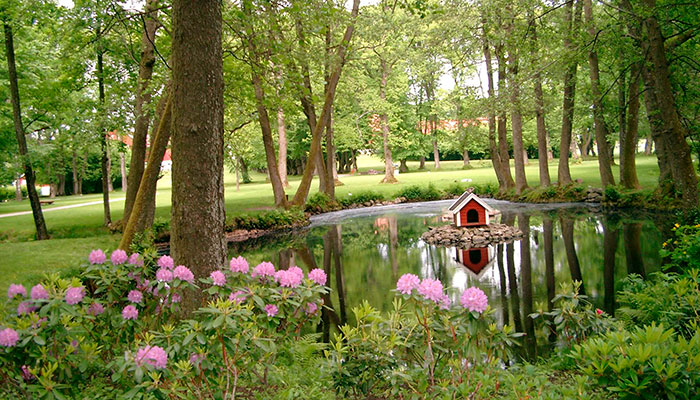
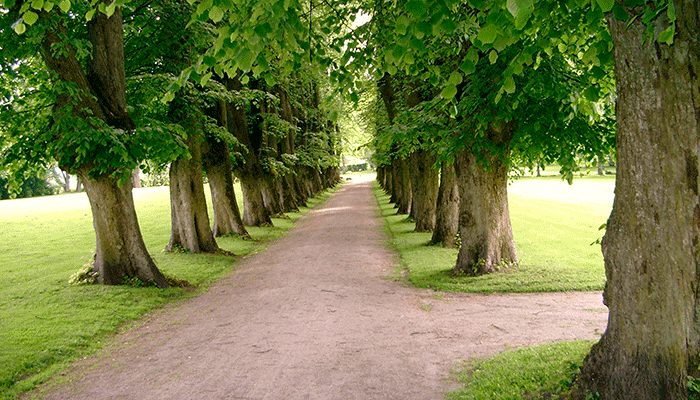
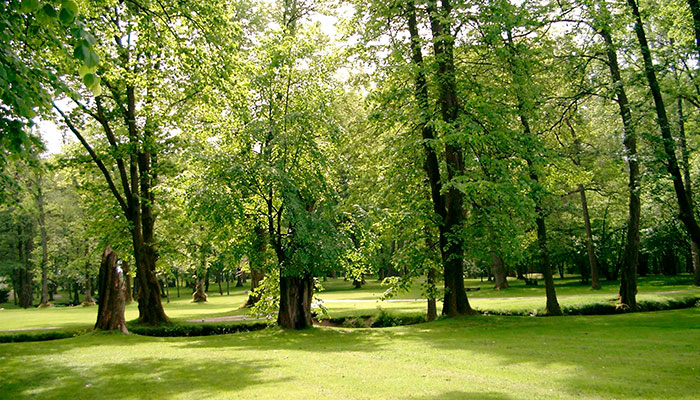
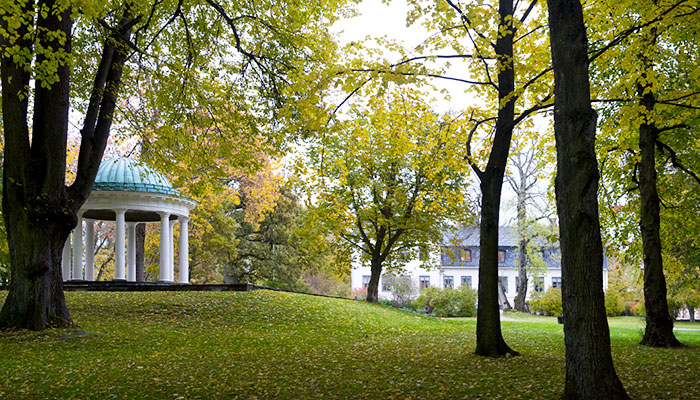
The Eco-Lighthouse Certification Scheme
We aim to contribute to a more sustainable society and, therefore, take responsibility for our environmental impact. A crucial aspect of our efforts is being certified as an Eco-Lighthouse. This signifies that we have established an environmental management system to govern our climate and environmental initiatives, facilitating continuous improvement.
The certification includes specific requirements to be met in areas such as occupational health and safety, waste management, energy, procurement, and transportation. Annually, we complete a climate and environmental report that provides a comprehensive overview of progress and areas for improvement. You can read more about our achievements here.
To reduce our adverse environmental impact, we are actively working both internally within the organization and externally with key partners.
We look forward to collaborating to create a more sustainable society and encourage you to reach out with any questions or input at konferansesenter@hafslund.no.





